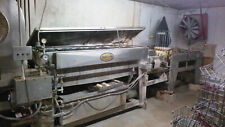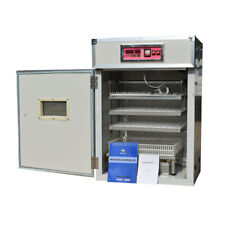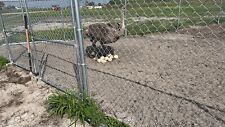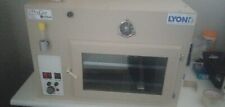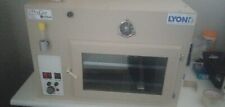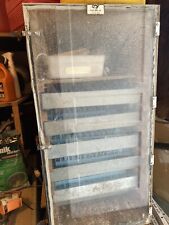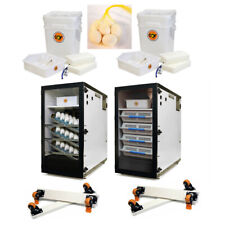Broken Dog Tooth

My dog has broken his tooth - what are my treatment options?

Broken teeth can happen for a variety of reasons – but most likely because the dog has been chewing on something too hard. Once the tooth is broken, even if it is a little crack, it is important to see the veterinarian as soon as possible.
The outer layer of the tooth is called the enamel and inside the tooth is the pulp cavity. This ‘pulp’ is where the artery, vein and nerve of the tooth lie. When there is a fracture in the hard, protective enamel, this allows an avenue for bacterial infection. The fracture also puts pressure on the nerve, causing a dull ache or sharp pain. Some dogs try to avoid the pain of a broken tooth by chewing on the other side of their mouth. Dogs will even cry out in pain when too much pressure is put on a broken tooth.
Your veterinarian may refer you to a veterinary dental specialist if needed for treatment. The vast majority of broken teeth are infected by the time they are seen by the veterinarian. Your vet should perform a physical and oral exam. Anesthesia is necessary to evaluate the severity of the fracture and dental x-rays will show if the tooth root is affected. Some broken teeth, especially if they are infected, must be extracted. If a tooth abscess is found, antibiotic therapy may be necessary. Some broken teeth don’t have to be lost – if it is possible to save the tooth, your veterinarian will refer you to a specialist for a root canal procedure. This is an especially good idea if your dog is in the show ring or uses its teeth for work (protection, military or police dogs).
It is possible that broken teeth will “rot out” of your dog’s mouth over time, but please don’t let this happen! Not only is it cruel (your dog will be in pain) but bacterial infection of the tooth and gums can predispose him or her to other systemic diseases, such as heart and kidney failure. Gingivitis (inflammation of the gums) and periodontal disease have been linked to heart infection and valve disease in dogs.

egg washer and candler light machine, egg dryer (blow dryer)/chicken farm
$12500.00
Full Automatic Hatching Machine Chicken Duck Goose Pigeon Egg Hatching Equipment
$350.56
Incubators for Hatching Eggs 528 Egg Incubator Automatic Pet Egg Turning Chicken
$4386.99
$3600.00
Grumbach incubator very lightly used.
$3000.00
Full Automatic 1000 Large Chicken Incubator Hatching Eggs Solar Energy
$2099.99
$2800.00
Large, Industrial egg incubators And Hatcher.
$2800.00
NEW Complete GQF Hatch Setup 1500 Incubator | 1550 Hatcher | Water Tank + Extras
$2669.99
Full Automatic Hatching Machine Chicken Duck Goose Pigeon Egg Hatching Equipment
$2612.49
